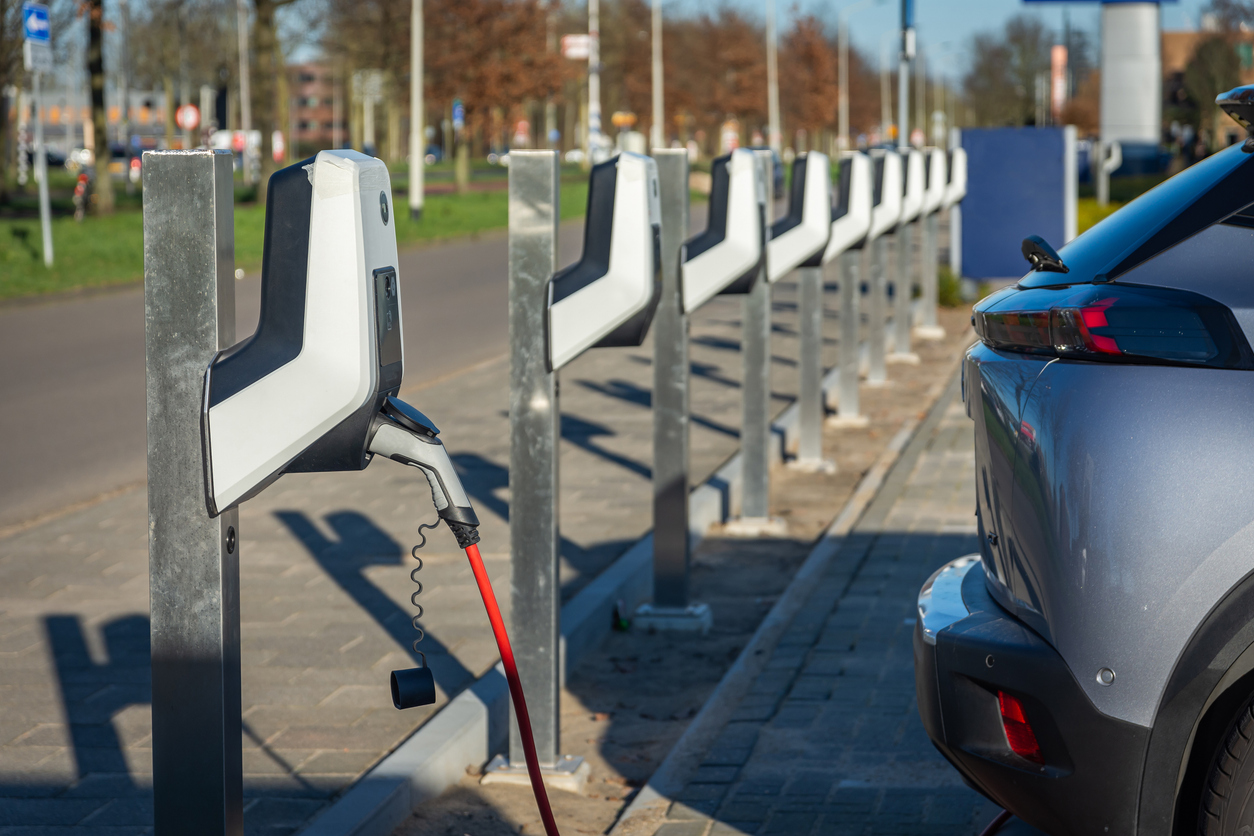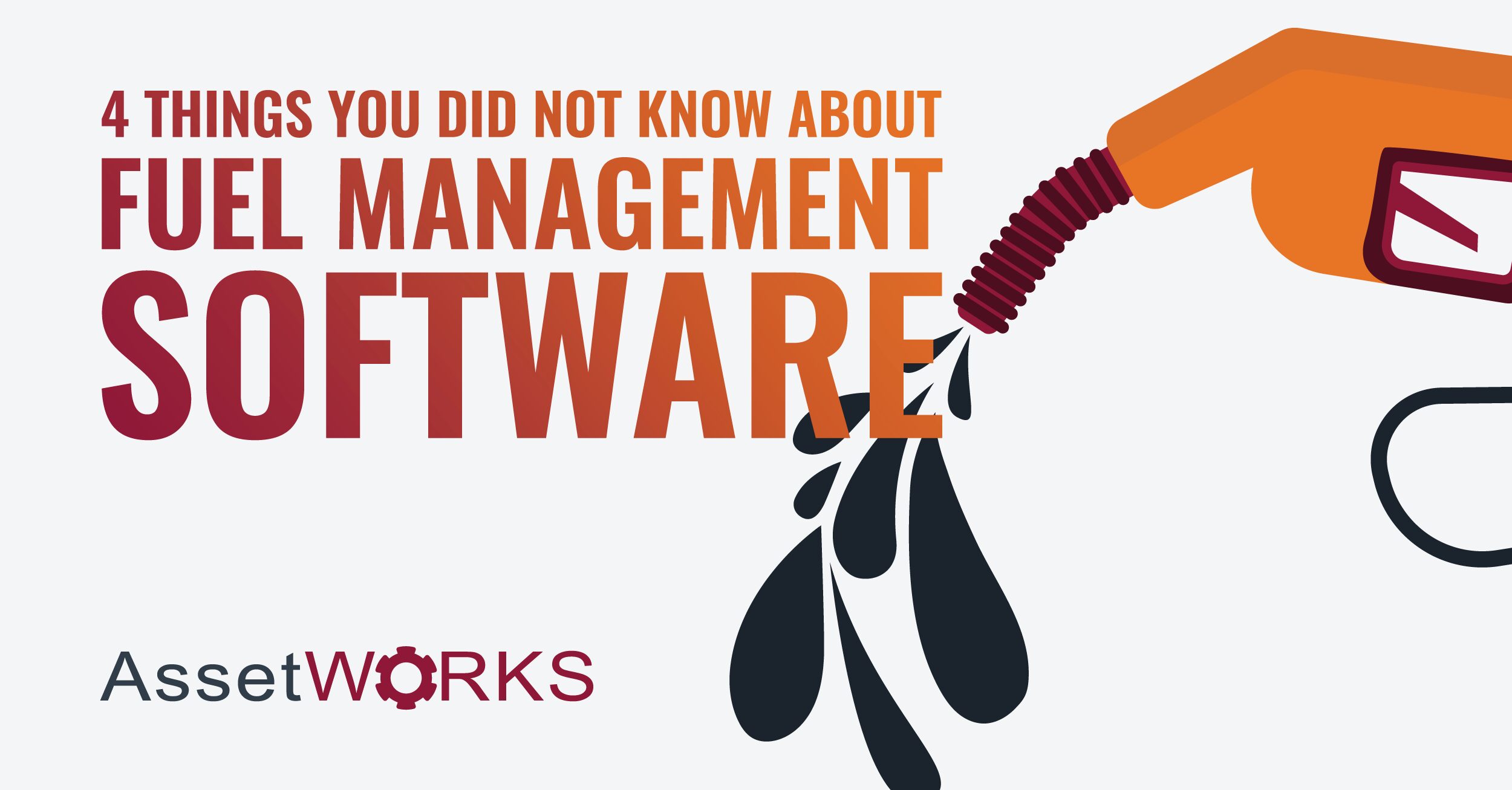It is no surprise road infrastructure dictates the efficiency of fleets. Efficient fleet operations are crucial for minimizing costs, reducing environmental impact, and enhancing overall productivity, but without adequate road conditions, being efficient can be a challenge. By exploring how road infrastructure impacts the performance of fleets, fleet managers can understand how to optimize fleet operations, even when road conditions are not ideal, without sacrificing their budget.
The Impact of Quality Road Infrastructure
To optimize fleet performance even when road conditions are unideal, fleet managers should understand how infrastructure impacts their fleet’s unique operations. The quality and accessibility of infrastructure can directly influence the speed, reliability, and cost-effectiveness of a vehicle’s trip. Well-laid out and maintained road infrastructure can reduce travel times and lower fuel consumption for fleets, leading to improved efficiency and extra money in their pockets. On the other hand, poor road infrastructure can lead to congested roads and vehicle wear, hindering fleet operations, causing delays, increasing maintenance costs, and possibly causing logistical challenges.
Modernizing Infrastructure for Future Mobility
Outdated infrastructure presents a significant obstacle as it fails to accommodate modern vehicle technologies such as electric or autonomous vehicles, limiting opportunities for fleets to optimize their operations. Smart infrastructure, such as intelligent traffic management systems, offers opportunities to enhance movement on roadways and reduce the likelihood of congestion. Examples of traffic management systems can include any of the following:
- Ramp signaling
- Variable speed limits
- Incident detection
- Dynamic lane management
- Vehicle-activated signs
Integrating renewable energy resources into road infrastructure allows fleets to invest in sustainable technology and save on fuel costs. This infrastructure may still be lacking in parts of the United States, so fleets should collaborate with government agencies to address infrastructure gaps, an essential first step towards sustainable and efficient transportation networks.
Implementing Innovative Infrastructure Strategies
It can seem like road infrastructure is outside of a fleet’s control, but fleets should still be proactive. Chances are fleets already have innovative solutions, such as telematics and fleet management software, to do so. By using the solutions and these strategies, fleets can avoid being passive and overcome the challenges that come with inadequate road infrastructure:
- Gain Feedback from the Public
Feedback plays a role in shaping decisions regarding infrastructure enhancements. Both public and private fleets should engage with the public to gain feedback on possible infrastructure improvements.
- Utilizing Existing Telematics and Fleet Management Software
Telematics offers real-time traffic insights and road safety data so fleets can avoid roadways with potholes and congested areas, reducing maintenance costs and enhancing efficiency. - Reach Out to Local Government
Fleets should engage with their local government to discuss infrastructure deficiencies. By collaborating with their municipalities, fleets can help improve road quality, expand charging and refueling networks, and develop more user-friendly facilities.












